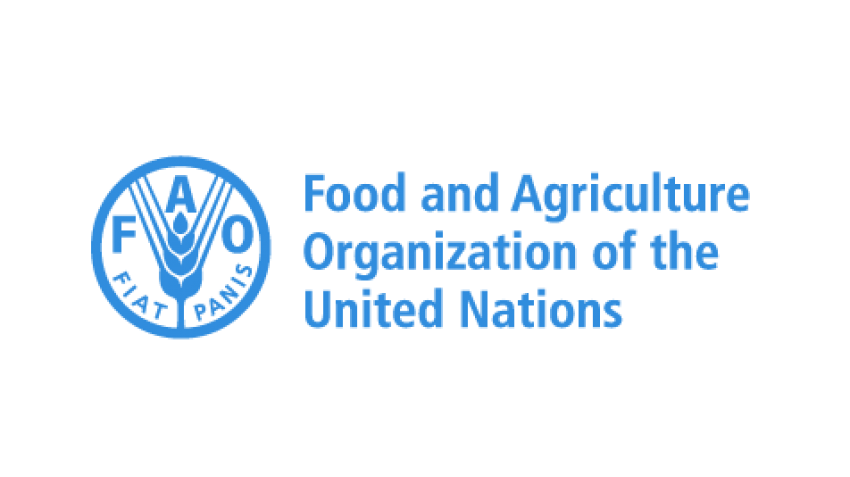By Zayamu Hassan
Africa Regional Overview of Food Security and Nutrition has regretted that Africans face some of the highest food costs when compared to other regions of a similar level of development.
This was contained in a new report launched by the Food and Agriculture Organization of the United Nations (FAO), the United Nations Economic Commission for Africa (UNECA) and the African Union Commission (AUC).
It further noted that nutritious foods, such as fruits, vegetables and animal proteins, are relatively expensive when compared to staples such as cereals and starchy roots. The FAO report argues, some of the reasons for this are systemic.
The key findings of the report showed that nearly three-quarters of Africans cannot afford a healthy diet; over half of all Africans (51%) cannot afford a nutrient-adequate diet.
An energy-sufficient diet is beyond the means of one in every 10 (11.3%) Africans and of the 185.5 million people globally who cannot afford an energy-sufficient diet, the vast majority (80%) live in Africa
The report, therefore, called for the transformation of the Africa’s agri-food systems to make healthy diets more affordable for Africans.
Evidence presented in the report shows that nearly three-quarters of the African population cannot afford a healthy diet of fruits, vegetable and animal proteins.
While more than half cannot afford a nutrient-adequate diet, which provides a mix of carbohydrates, protein, fats, and essential vitamins and minerals to maintain basic health.
Even an energy-sufficient diet, which supplies a bare minimum of energy and little else, is out of reach for over 10 percent of the continent’s population.
According to FAO Assistant Director-General and Regional Representative for Africa, Abebe Haile-Gabriel, the picture that emerges is that the agri-food systems in Africa do not provide food at a cost that makes healthy diets affordable to the majority of the population, “and this is reflected in the high disease burden associated with maternal and child malnutrition, high body-mass, micronutrient deficiencies and dietary risk factors.”
The report has a joint forward by Haile-Gabriel and William Lugemwa, UNECA’s Director of the Private Sector Development and Finance Division as well as Josefa Sacko, African Union Commissioner for Agriculture, Rural Development, Blue Economy and Sustainable Environment.
Sub-Saharan Africa is the only region in the world where the number of stunted children continues to rise.
Although the prevalence of stunting is declining, it is falling only very slowly and despite progress, nearly a third of the children in sub-Saharan Africa are stunted.
Only three countries, Eswatini, Kenya and Sao Tome and Principe, are on course to meet four of the five World Health Assembly nutrition targets. Three other countries, Ghana, Lesotho and Rwanda, are on track to meet three of the targets.
The report also states that current food consumption patterns in Africa impose high health and environmental costs which are not reflected in food prices. Including these costs would add $0.35 to each dollar spent on food in sub-Saharan Africa.
The report findings further highlight the importance of prioritizing the transformation of agri-food systems to ensure access to affordable and healthy diets for all, produced in a sustainable manner.
Smart policies and interventions throughout agri-food systems are needed to raise yields, lower costs, promote nutritious foods, and reduce health and environmental costs.
Other efforts required include micronutrient fortification of staple foods, better food safety, improved maternal and child nutrition and care, nutrition education, and government policies that promote access to nutritious food through social protection, poverty reduction and income inequality.


